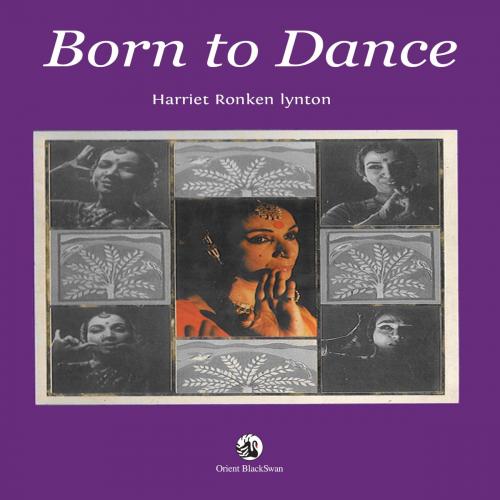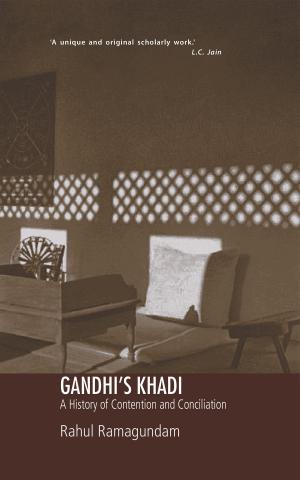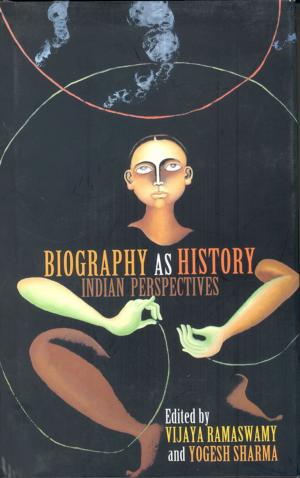| Author: | H. Ronken Lynton | ISBN: | 9788125063001 |
| Publisher: | Orient Blackswan Private Limited | Publication: | June 15, 2016 |
| Imprint: | Language: | English |
| Author: | H. Ronken Lynton |
| ISBN: | 9788125063001 |
| Publisher: | Orient Blackswan Private Limited |
| Publication: | June 15, 2016 |
| Imprint: | |
| Language: | English |
In the 1930s the reputation of Indian classical dance had sunk to such a level that for a woman of respectable family to perform in public was enough to create scandal. Today training in classical dance is considered a desirable social grace for girls from good families and many of them are trying to develop a career in dance and find the competition daunting. The career of Mrinalini Sarabhai has spanned this social change, exemplified this development or respectability, and helped to create the more favourable climate.Since 1949 she has danced in forty countries, “making India alive and beautiful for those people”. She is also known in India, particularly in the North, for the Darpana Academy of the Performing Arts which she established. She, her daughter Mallika, and the Darpana troupe have pioneered the use of classical techniques to express currently relevant social themes and thus contributed to the development of the country. This remarkable and many-faceted woman, who was Born to Dance, and who used her talents in many productive ways, is the central focus of this book.Harriet Ronken Lynton and her husband have known Mrinalini Sarabhai and her family for close to forty years. This knowledge of, and friendship with, Mrinalini has enabled Lynton to have a close understanding of the dancer and the various forms of classical Indian dance she has used in her many performances.Lynton has lived in India for a total of almost twenty years and has written two books on Hyderabad — The Days of the Beloved and My Dear Nawab Saheb.Having graduated from Radcliffe College, Phi Beta Kappa, Harriet Ronken Lynton is a former member of the faculty of the Harvard Business School even before it admitted women, and has authored several books in her field.
In the 1930s the reputation of Indian classical dance had sunk to such a level that for a woman of respectable family to perform in public was enough to create scandal. Today training in classical dance is considered a desirable social grace for girls from good families and many of them are trying to develop a career in dance and find the competition daunting. The career of Mrinalini Sarabhai has spanned this social change, exemplified this development or respectability, and helped to create the more favourable climate.Since 1949 she has danced in forty countries, “making India alive and beautiful for those people”. She is also known in India, particularly in the North, for the Darpana Academy of the Performing Arts which she established. She, her daughter Mallika, and the Darpana troupe have pioneered the use of classical techniques to express currently relevant social themes and thus contributed to the development of the country. This remarkable and many-faceted woman, who was Born to Dance, and who used her talents in many productive ways, is the central focus of this book.Harriet Ronken Lynton and her husband have known Mrinalini Sarabhai and her family for close to forty years. This knowledge of, and friendship with, Mrinalini has enabled Lynton to have a close understanding of the dancer and the various forms of classical Indian dance she has used in her many performances.Lynton has lived in India for a total of almost twenty years and has written two books on Hyderabad — The Days of the Beloved and My Dear Nawab Saheb.Having graduated from Radcliffe College, Phi Beta Kappa, Harriet Ronken Lynton is a former member of the faculty of the Harvard Business School even before it admitted women, and has authored several books in her field.















